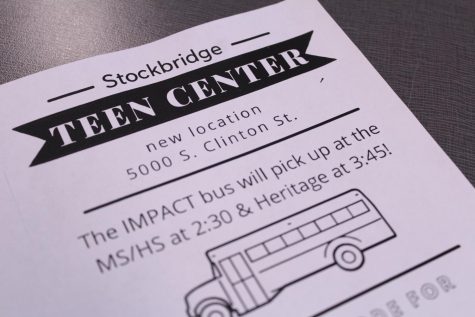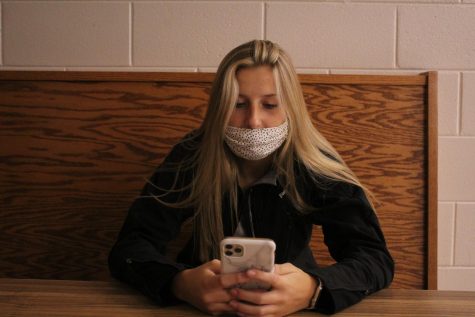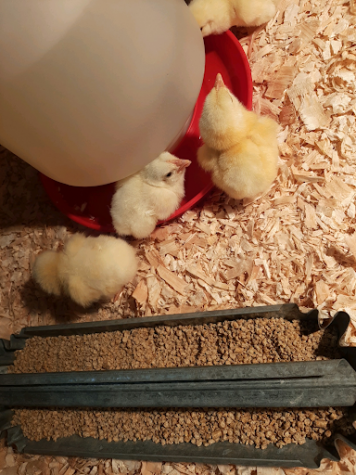The Hippie movement
Round sunglasses, floral headbands and tie-dye T-shirts. Not quite a visual of the 1960s Woodstock, but a resurgence of the hippie movement present day. While recently there is an increase in the popularity surrounding hippie things, some millennials still do not know the origins of the freely-styled colors of tie-dying.
The artistry first started as early as the sixth century in areas like India, Japan and Africa. During that time period, dyes were made from flowers, berries, roots and leaves. People of that time period created colorful looks by using the resources around them, which made dying clothing a popular activity in areas where those resources were easily accessible.
Later on, tie-dying first gained popularity in America during the Great Depression, when it was considered an economical way to add new colors to old materials such as flour and sugar sacks. Those items could then be turned into new curtains, clothing or rugs to brighten up a saddened country. Years later, the practice was embraced again during the Vietnam War when young people craved a new look that was set apart from the old and uptight generations before them.
So, to add on to the cycle, the new-found revival of tie-dyed shirts and boho pants provoked the birth of a new movement ― a movement for millennials that we might not see now, but one that our grandchildren might read in textbooks.

Kaylee is an Editor-in-Chief on staff. She's in 12th grade and in her spare time she likes spending time with her dog, long walks on the beach, and drives...







